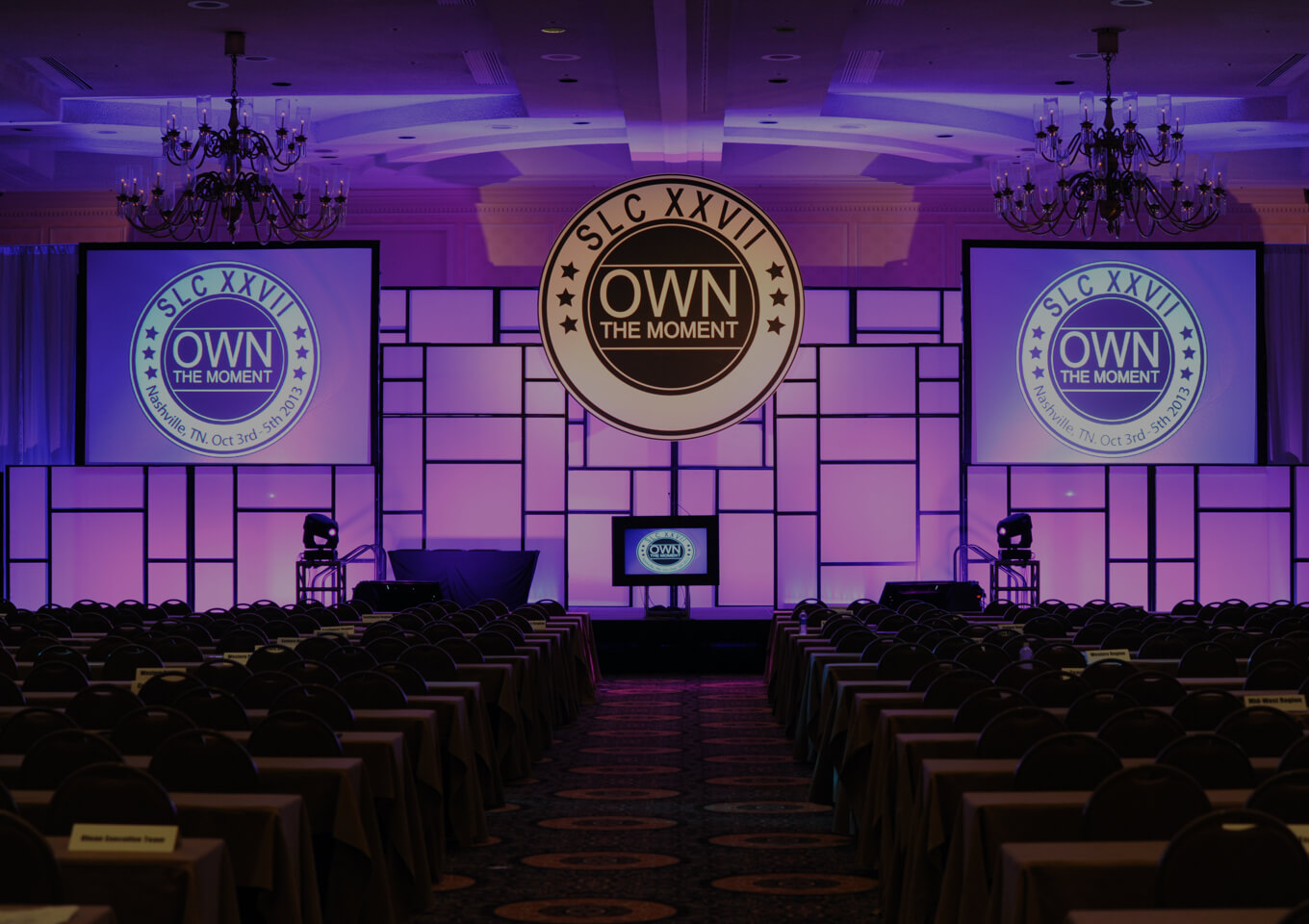Crucial Tactics for Maximizing the Durability of The LED Display
Wiki Article
Light Emitting Diode walls are growing increasingly widely used for various purposes, from advertising to leisure. To ensure that these displays operate efficiently over time, it is crucial to implement strategies that extend their lifespan. Understanding the factors that affect the longevity of LED walls can assist operators maintain their functionality and prevent unnecessary substitutions.
One of the main factors that can extend the lifespan of an LED wall is proper setup. It is vital to have a professional crew handle the setup process to ensure all parts are correctly attached. Inadequate installation can lead to power issues or mechanical damage. Additionally, the location of the LED screen should take into account environmental conditions such as sunlight exposure and humidity levels. A well-installed display in a suitable site will reduce the chance of damage caused by external factors.

Routine maintenance is another crucial tactic to prolong the life of an Light Emitting Diode wall. This includes routine checks to monitor for any indicators of deterioration or malfunction. Dust and debris can build up on the surface of the LED panels, impacting luminosity and color quality. Cleaning the screens with suitable cleaners will assist maintain optimal visibility. It is also important to monitor the electronics behind the display, ensuring that all links are tight and that there are no overheating issues, which can significantly shorten the durability of the parts.
Electrical read this article control plays a crucial role in enhancing the longevity of an LED wall. Excess voltage or fluctuating electricity supply can damage the inner circuitry. To avoid this, using a reliable electric supply and implementing surge protection measures is advisable. Additionally, setting the display to function at reduced luminosity levels when intense brightness is not necessary can reduce wear on the lights. This not only prolongs the durability of the wall but also conserves energy, making it a cost-effective choice.
Furthermore, software management can influence the performance of LED walls. Regularly updating the software that controls the display ensures that it runs efficiently and incorporates any necessary security patches. Old program can result in functionality issues and may put the setup to risks. Proper scheduling of content can also help in managing the workload of the display, allowing it to rest during non-peak hours, which can contribute to a longer lifespan.
In conclusion, extending the durability of an LED screen involves a combination of appropriate setup, regular maintenance, efficient power management, and diligent program management. By focusing on these essential tactics, users can ensure that their Light Emitting Diode screens stay functional and aesthetically pleasing for many seasons. Implementing proactive measures will not only enhance the performance of the Light Emitting Diode screen but also provide a better yield on investment over time.